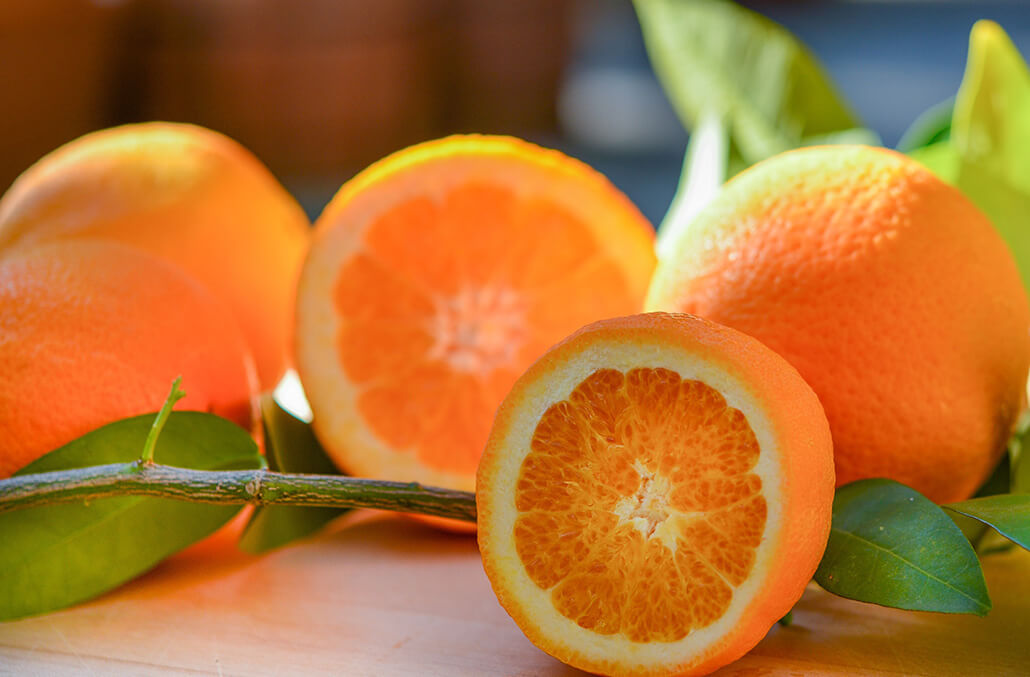Organic Baby Food vs Conventional: What’s the Difference?
Reading time:
Reading time:

You want the best for your baby. You research the best diapers, best skincare products, and best household cleaners. When it’s time for the baby to start food, it can feel even more overwhelming. What’s the best food I can provide my baby? Is organic baby food really worth the hype (and cost)?
Let’s dive in.
You’re in the produce aisle and are looking at cartons of raspberries – one labelled “organic” and one not. What’s the difference?
“Organic” refers to the way farmers grow and process foods. These foods may be fruits, vegetables, dairy, meat, and grains. Organic foods are grown without synthetic fertilizers, genetic engineering of crops, synthetic pesticides, or irradiation to preserve foods. Farm animals are not given antibiotics or growth hormones, are provided organically grown feed, and are allowed to roam around outside.
The goals of organic farming include cutting pollution, preserving natural resources, improving water and soil quality, and supporting animal welfare.
While there is little difference between organic food vs. conventional in macros (protein, fat, carbs), studies have shown a higher amount of vitamins and antioxidants in organic fruit and vegetables. Why do we care about antioxidants? – Because antioxidants help clear free radicals from the body and reduce damage caused by oxidative stress, which causes chronic inflammation. The antioxidant value can be almost 70% higher in organic foods[1] compared to conventional. This is due to organic farmers not using chemical pesticides on their crops to protect them from insects, weeds and diseases. This forces the crops to protect themselves naturally by producing their own protective compounds – antioxidants.
Organic dairy and meats also have a healthier fatty acid profile[2].
Organically grown crops have also been shown to have 30% lower levels of nitrate[3]. A high level of nitrate is associated with a condition called methemoglobinemia, a disease in infants that affects the body’s ability to carry oxygen.[4] [5]
There are certainly benefits to choosing organic, but there are a few points to consider. Organic foods are generally more expensive than their conventional counterparts and organic fruits and vegetables have a shorter shelf life. Finding a balance of nutritious foods – organic and not – is likely the best approach to support health.
Back to raspberries – one carton is organic, the other is not. There is probably at least a $1.00 difference in price. While you know they are similar nutritionally, you also like the idea of providing food to your baby that’s low in synthetic pesticides. Are organic raspberries worth the $1.00 premium?
Each year the Environmental Working Group (EWG), a non-profit organization, provides a Shopper’s Guide to Pesticides in Produce consisting of lists of produce high and low in pesticides. EWG analyses food samples from the Department of Agriculture and Food and Drug Administration, and in 2023 they analysed data from 46,569 samples of 46 fruits and vegetables. These were then divided into lists based on the amount of pesticides present to help shoppers determine how to best spend their dollar on organic vs. conventional produce. Three lists are available including the Dirty DozenTM (highest in pesticides), Clean FifteenTM (lowest in pesticides), and those who did not make either list.
A common theme with The Dirty DozenTM is that these foods have fairly thin or delicate outer skin.
Clean FifteenTM are the lowest in pesticides meaning these would make the most sense to purchase conventionally. Many of these foods have less porous and/or thick skin that often is removed before eating the flesh. The current 2023 Clean Fifteen list includes:
There are nineteen other foods that are not included on either list but have been tested and fall somewhere in between – which includes the raspberries in our example! You can find the full list here.
Still unsure about those raspberries? Here are several practical tips for shopping these in-between produce items and deciding between organic vs. conventional.
First, shop the sales! Many stores will have organic produce on sale seasonally. Oftentimes, these organic foods on sale will be even lower cost than their conventional counterparts.
Second, evaluate the quality of both the organic and conventional items. Does one look to be fresher than the other? Is one plumper, brighter, juicier? Any spots of mold or spoilage? This simple examination can be one of the easiest ways to make your decision.
Think about the quantity you actually need. If you only need a small amount and eat it less often, will buying organic truly make a large difference? Likely not. On the other hand, if your family eats a certain food as a staple item, it may make sense at times to choose organic when possible.
Choosing organic over conventional truly comes down to your values. From a nutrition and safety perspective, organic and conventional foods are both great options for your family. If organic farming – less pollution, more sustainable, higher antioxidant value – aligns better with your values (and wallet), go organic! You can also choose to shop organic for specific foods such as the Dirty Dozen and conventional with the remainder. Choose what works for your family and lifestyle!
At Little Bellies, we understand that infants are more fragile than adults and so we choose to make organic foods for babies and toddlers, using certified organic ingredients only, grown naturally without the use of synthetic pesticides or fertilisers. This helps to ensure our products are safe, trusted and age appropriate. It is our commitment to every child that all our organic ingredients, recipes and suppliers have been specially screened and selected to ensure they are appropriate and safe for growing little bellies. We visit and review each and every single one of our suppliers before we agree to partner with them. We meet their team, discuss our requirements, learn from their expertise and take time to form meaningful and lasting relationships. We then safeguard quality by ensuring that the highest level of quality control is in place across all manufacturing processes and facilities.
Author: Nicole Lattanzio, RDN, CSP, IBCLC @infant.nutritionist
Owner, The Baby Dietitian PLLC
Photo by Cristina Anne Costello on Unsplash
[1] https://pubmed.ncbi.nlm.nih.gov/24968103/
[2] https://www.healthline.com/nutrition/what-is-organic-food#more-nutrients
[3] https://pubmed.ncbi.nlm.nih.gov/24968103/
[4] https://www.hindawi.com/journals/criem/2016/9013816/
[5] https://www.health.state.mn.us/communities/environment/water/docs/contaminants/nitratmethemog.pdf

Get the latest news on parenting tips, food play hacks, promotions and giveaways!
Subscribe Now